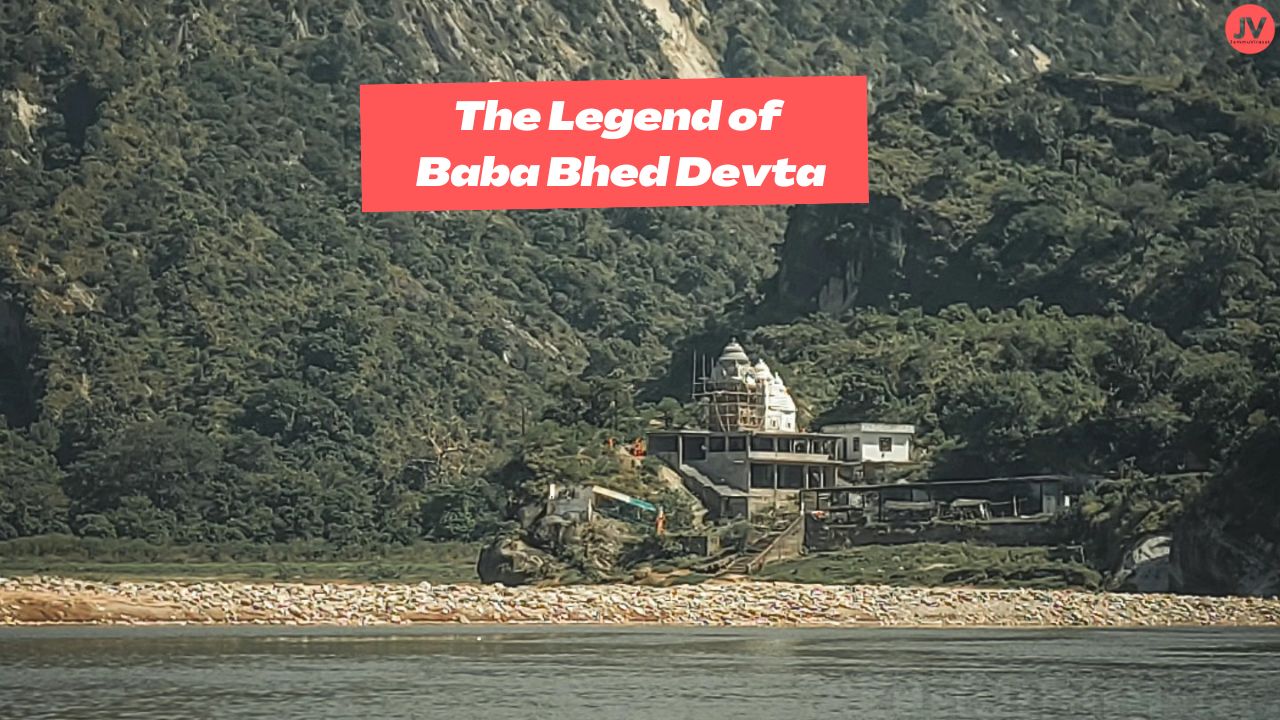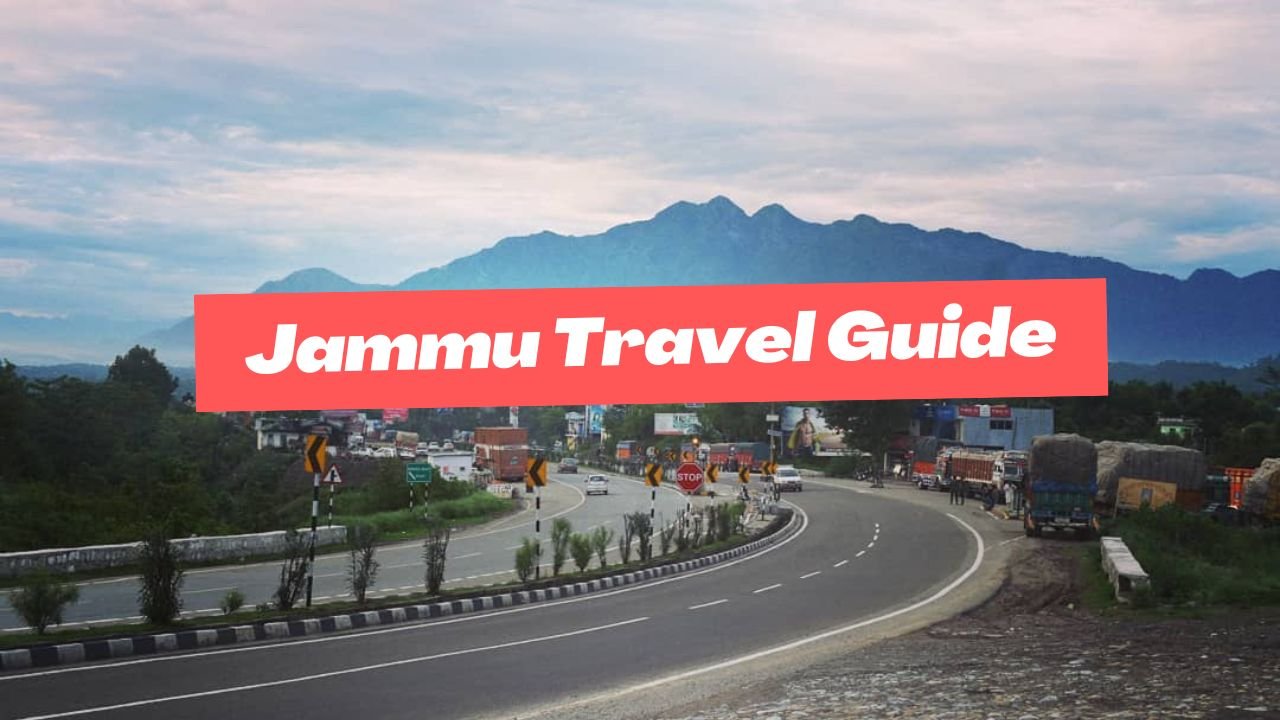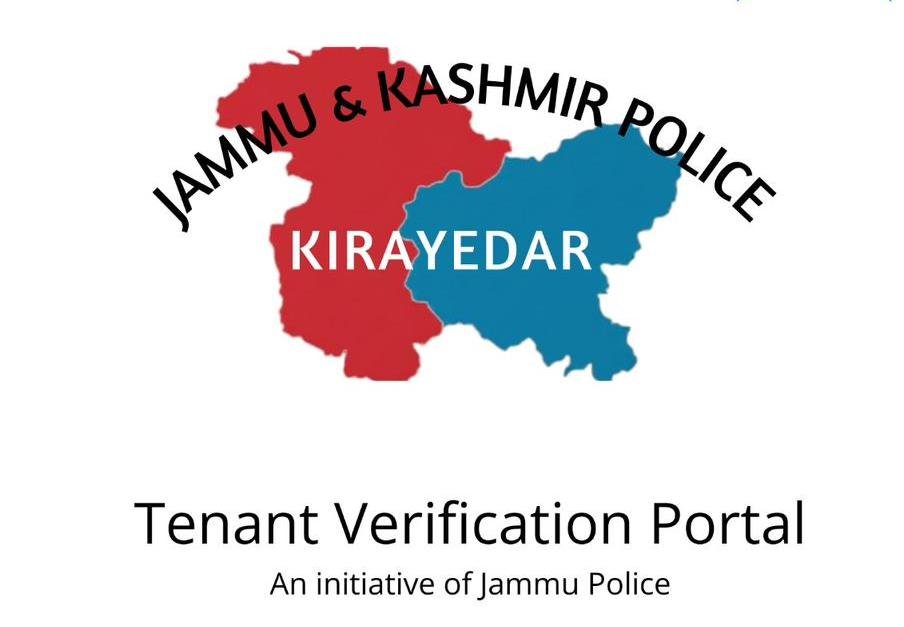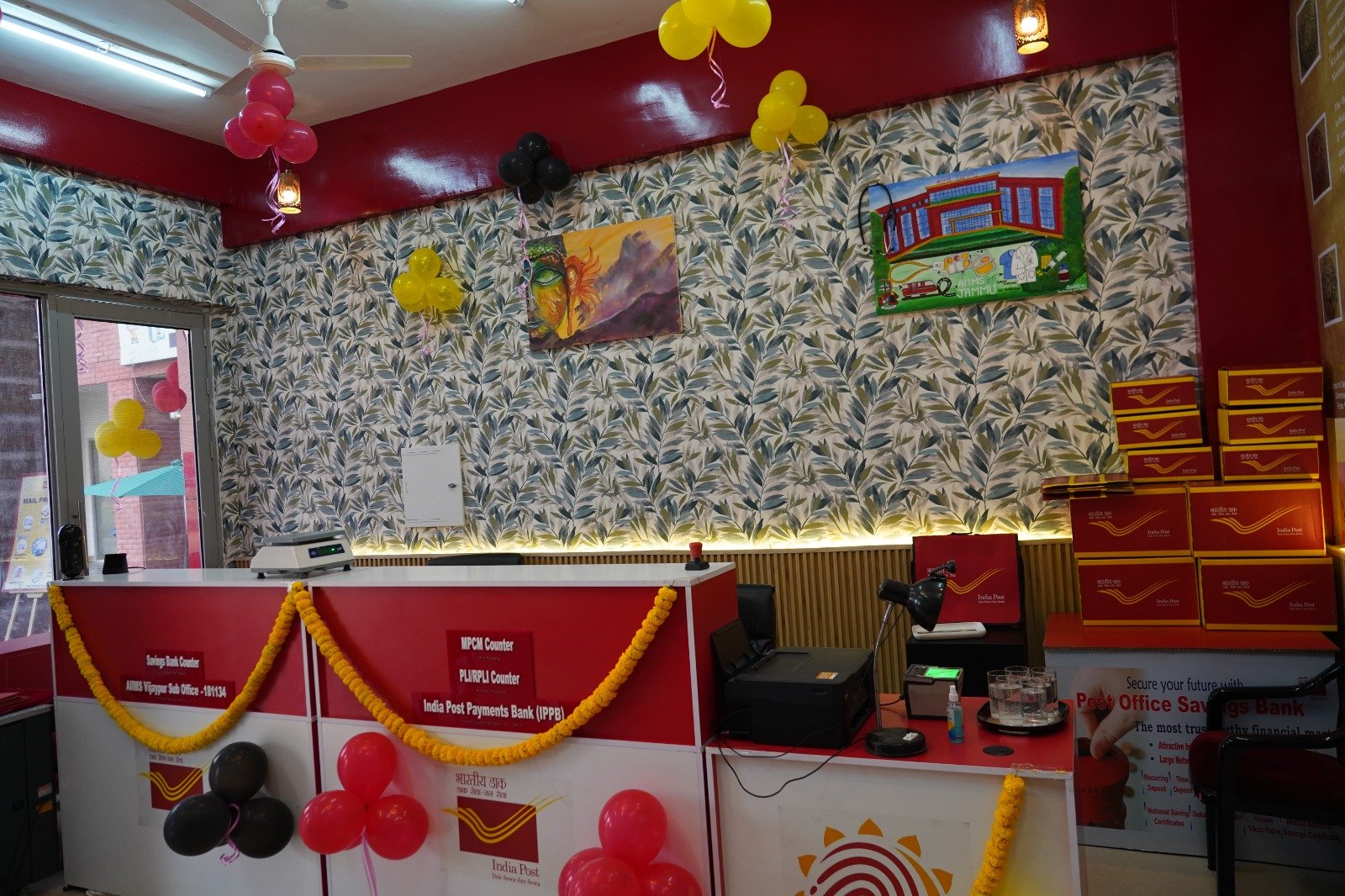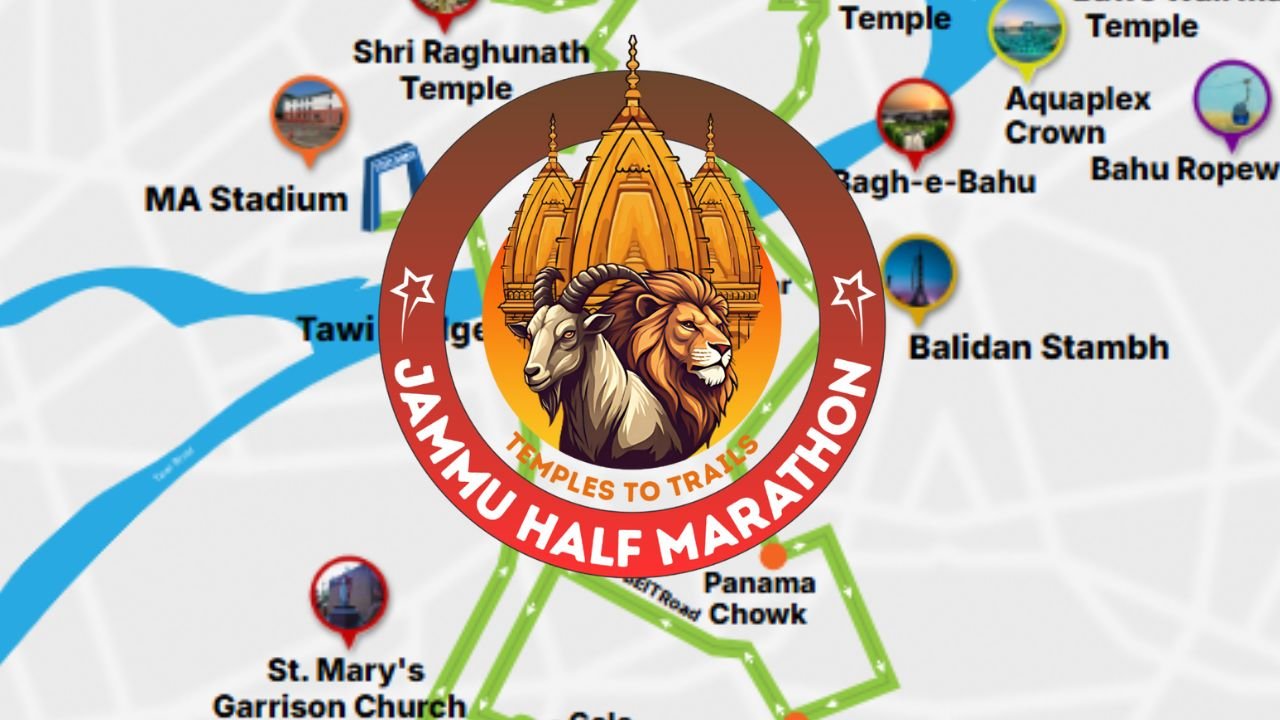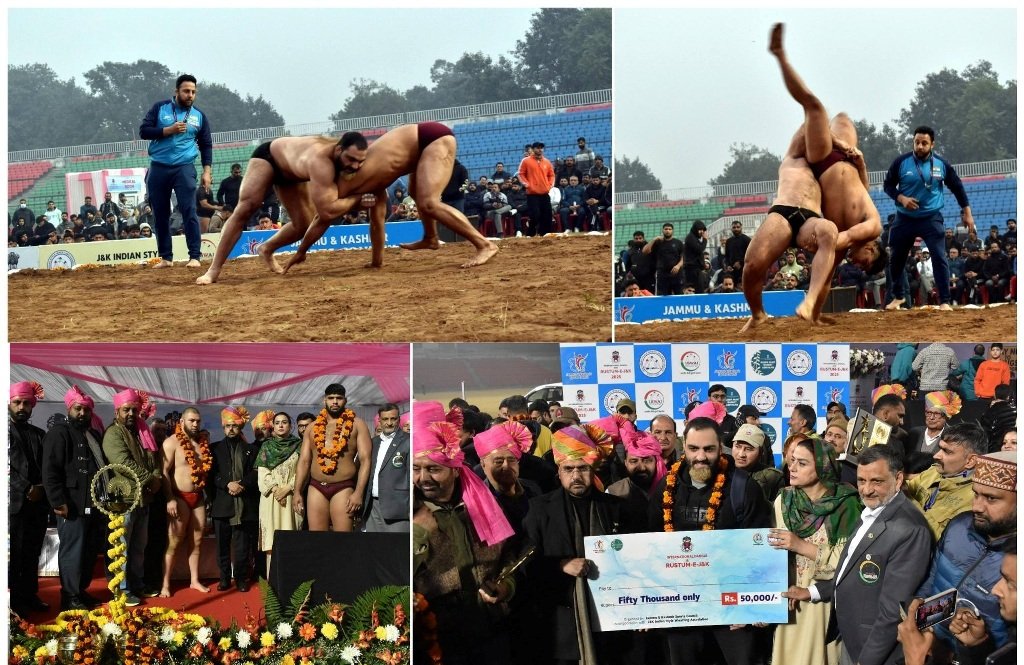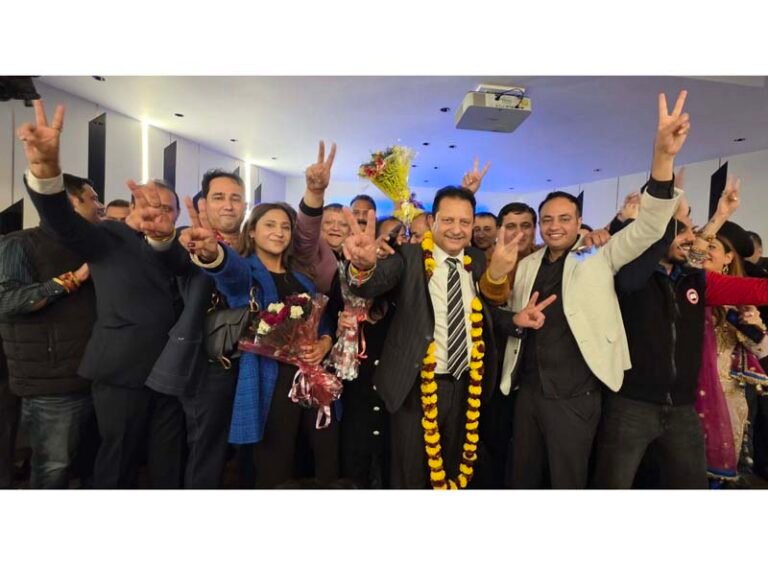Jammu, known for its rich cultural heritage and spiritual legacy, is home to several ancient shrines. One such sacred site is the Baba Bhed Devta shrine, a place of deep historical and religious significance. Located in Bhed village along the serene Tawi River, this shrine is a symbol of devotion and a prominent pilgrimage spot for many families in the Jammu region.
The Legend of Baba Bhed Devta: A Tale of Mythology and Devotion
In the ancient folklore of Jammu, Baba Bhed Nag is celebrated as the most illustrious son of Vasuki Nag, the serpent king. As per legend, it was Baba Bhed Nag who, with the blessings of Kalika Mata and help from Kaliveer, brought the sacred waters of the Tawi River from the Kali Kundi glacier in the Kaplash mountains of Bhaderwah to the plains of Jammu and handed over the rule of Jammu kingdom to Raja Bhed Devta This miraculous feat bestowed the region with life-giving water, elevating the deity to the status of Kuldevta (family deity) for many Rajput clans in the area, alongside Kaliveer.
The historical significance of this legend is immense, reflecting the times when serpent worship (Naga cult) was prevalent in North India. The story of Baba Bhed Devta is intertwined with Shaivite Hinduism, a major religious tradition in ancient Jammu and Kashmir.
Baba Bhed Devta Shrine: A Spiritual Sanctuary by the Tawi River
The shrine of Baba Bhed Devta is located in Bhed village on a large rock formation beside the gently flowing Tawi River. The unique U-turn of the river creates a deep water body locally called ‘Dawar’ in the Dogri language. The fish residing in this water body are known as Devta, and they are revered by the devotees. Visitors often offer kneaded flour balls to these fish as a token of respect, and fishing in this sacred stretch is strictly prohibited, creating a natural sanctuary.
This area is not only a religious site but also an ecological haven. According to limnologists, the water body serves as an important sanctuary for various fish species and other aquatic creatures. Environmentalists have acknowledged the role of such sacred water bodies in preserving biodiversity in India, as they provide refuge to local fauna such as cormorants, rock pigeons, and other bird species.
Read also: KNOW THE HISTORY OF THE OLDEST TEMPLE – BAWE VALI MATA
The Pilgrimage and Rituals at Baba Bhed Devta Shrine
The Baba Bhed Devta shrine attracts thousands of devotees from both the Jammu region and neighboring Punjab. The Brahmins of Largan and Sodha villages serve as priests, while the Rajputs of Bhed Mandi and Aitham act as caretakers (Sevadars) of the shrine. Though pilgrims visit the shrine year-round, the numbers swell on Sundays, full moon days (Purnima), and during auspicious ceremonies like the Mundan (first haircut) ceremony.
A grand mela (fair) is organized during Aashad and Sharad Purnima, drawing large crowds. The Gardis, who consider themselves as Baba Bhed’s devotees, sing Karkas in praise of the deity, accompanied by the rhythmic beating of drums. The head priest also performs the Jattar, a traditional dance and ritual that enhances the spiritual atmosphere.
The reverence for Baba Bhed Nag symbolizes the community’s dependence on water resources, highlighting the historical significance of the shrine as a provider of life and prosperity in this arid region. Devotees express their gratitude by offering agricultural produce such as milk and grains. It is also common for families to sacrifice a goat during important ceremonies like child birth or Mundan.
How to Reach Baba Bhed Devta Shrine
The shrine is situated on the left bank of the Tawi River in Bhed village. There are multiple routes to reach this holy site:
- Via Nagrota: From Jammu city, pilgrims head towards Nagrota, continuing past the Kol Kandoli shrine. After traveling about one kilometer, a road on the right leads to Katal Batal, located on the river’s right bank. Here, pilgrims take a boat service to cross the Tawi River. Upon reaching the other side, a welcoming arch marks the entrance to Sodha village. The trek to the shrine is about 3.5 kilometers, winding through fields, brooks, and thick vegetation. The steep stone-paved incline, known as Takki, presents a physical challenge but rewards visitors with breathtaking views upon arrival at the shrine.
- Via Aitham Village: An alternative route is from Aitham village, situated along the Jammu-Surinsar-Mansar road. Though less frequented, this path offers scenic vistas of the Shivalik uplands. The three-kilometer trek takes pilgrims through Ladgan village before reaching the shrine. Along this route, devotees can witness trains emerging from tunnels, adding a unique charm to the journey.
Challenges in Pilgrimage and Need for Infrastructure Development
Despite its spiritual significance, the pilgrimage to Baba Bhed Devta remains challenging due to inadequate infrastructure. The lack of proper road connectivity, particularly at the base camp Katal Batal, poses difficulties for devotees. Public utilities such as toilets, shelter sheds, and rest areas are scarce, compelling pilgrims to rely on boat services, which can be risky during the monsoon season. Additionally, the current kutcha (unpaved) road is not well-maintained, making the journey strenuous, especially for the elderly.
To enhance the pilgrimage experience, efforts are underway to construct a footbridge over the Tawi River. This development is expected to ease access and encourage more visitors. Furthermore, upgrading the alternative jungle track from Aitham village into a well-maintained bridle path would significantly improve connectivity.
Read also: All You Need To Know About Jhiri Mela: A tribute to honest farmer
Boosting Religious Tourism in Jammu
Baba Bhed Devta shrine holds immense potential as a religious tourist destination. Incorporating this site under the Mansar-Surinsar Development Authority could help streamline its development, ensuring better infrastructure and facilities for pilgrims. With proper attention to maintaining cleanliness and providing essential amenities, this shrine can become a prominent spot for religious tourism, attracting more visitors and fostering economic growth in the region.
In conclusion, a visit to the Baba Bhed Devta shrine offers a unique blend of spiritual fulfillment, cultural richness, and natural beauty. The historical legacy of the deity, combined with the picturesque setting of the Tawi River, makes it a must-visit destination for anyone seeking a deep spiritual experience in the heart of Jammu.
Note: Source | Dailyexcelsior Image | Chenaniboy

